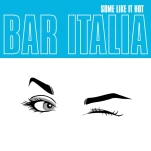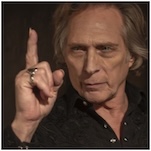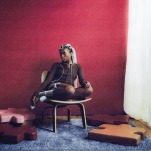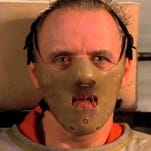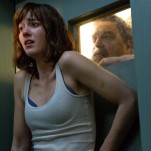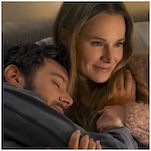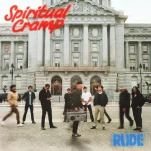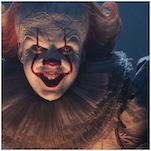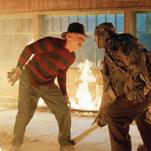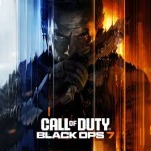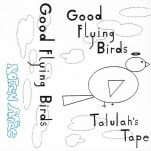20 Years Later, In the Cut Has Finally Been Reclaimed as an Erotic Thriller Masterpiece

Sometimes it takes a while for audiences and critics to truly get a film. Cinematic history is littered with examples of titles that flopped upon release but were later re-evaluated, often by the same reviewers who slammed them the first time around. It’s always satisfying to see a filmmaker get their dues, however belated they may be, and in the instance of In the Cut, it’s particularly gratifying. It took close to two decades but finally, one of the great erotic dramas of the 2000s is understood to be so.
After its premiere in 2003, Jane Campion’s In the Cut, based on the novel by Susanna Moore, was almost instantly derided as the Oscar-winning director’s worst movie. Critics called it “half-baked and predictable;” “perfunctory and unconvincing.” Much of the derision fell upon the shoulders of its star, Meg Ryan, with some seeming almost indignant that America’s rom-com sweetheart would ever want to make a movie where she is unlikeable, often naked and seldom smiling. In the Cut underperformed at the box office, was blamed for killing Ryan’s career and was seen as the nadir of Campion’s post-The Piano buzz. One cannot help but wonder how many people either dismissed the movie outright because of the “Meg Ryan gets her kit off” leering hype from the press or lazily viewed the film through the lens of it being just another sexy thriller. Campion, like too many women directors, was underestimated in her vision of a frequently maligned genre, but the results deserved far more than an eyeroll.
-

-

-

-

-

-

-

-

-

-

-

-

-

-

-

-

-

-

-

-

-

-

-

-

-

-

-

-

-

-

-

-

-

-

-

-

-

-

-

-

